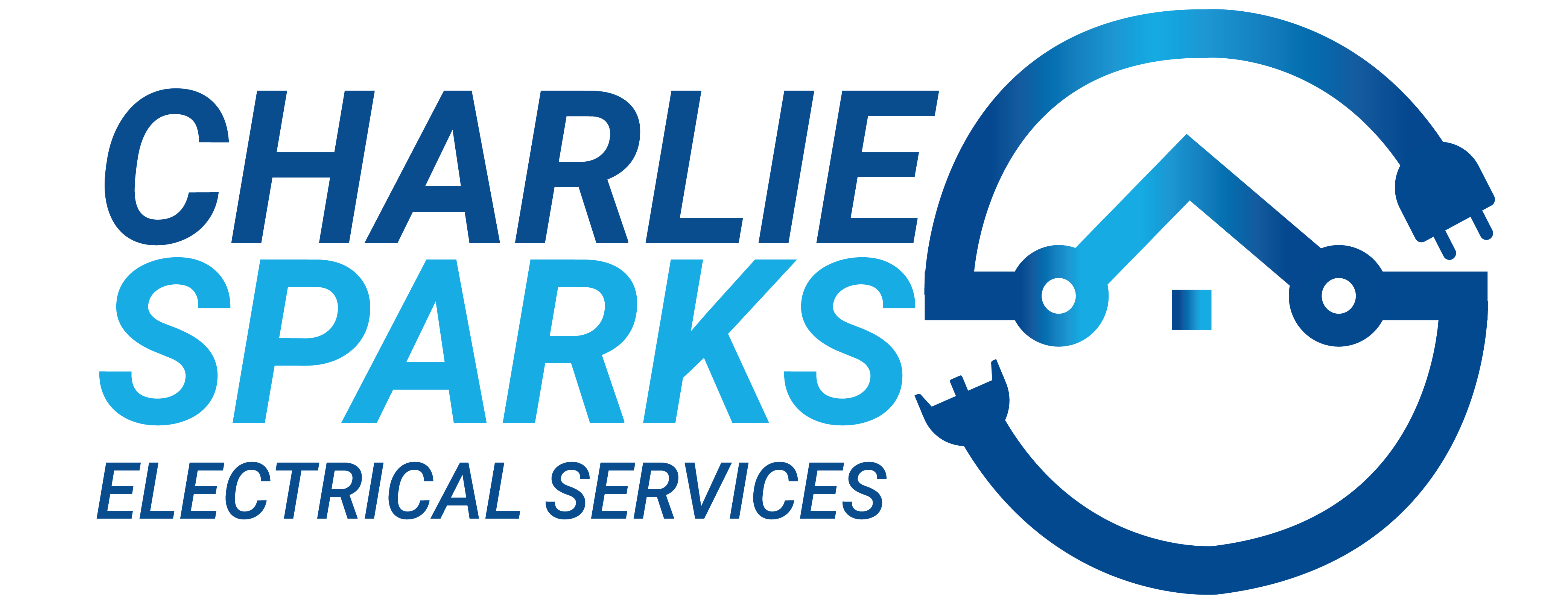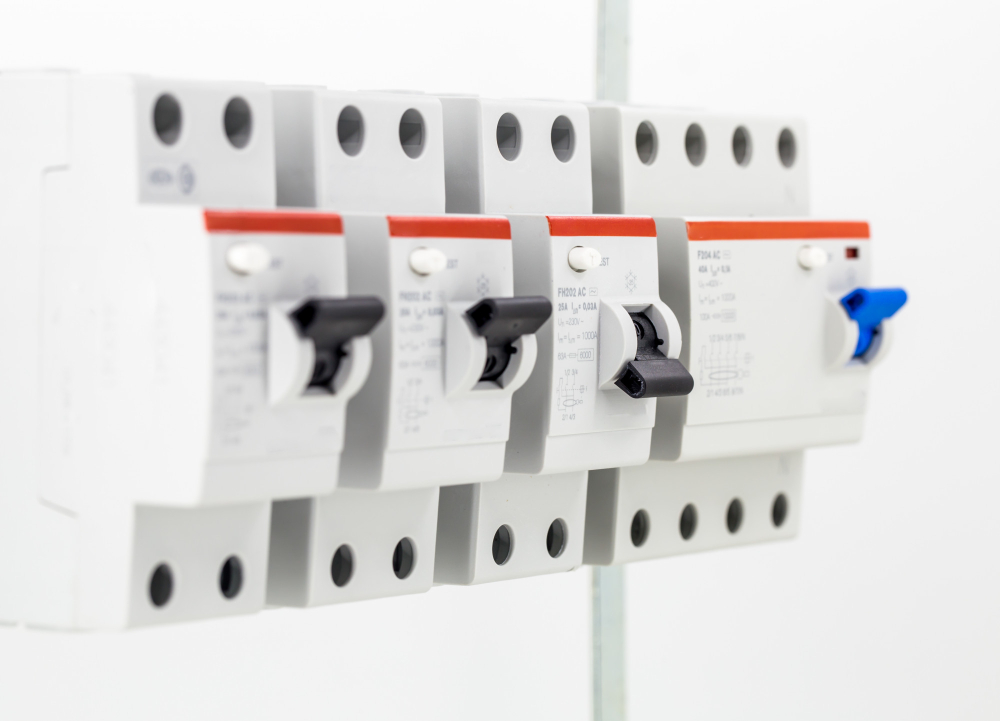A safety switch or an RCD is a device that checks the flow of current in an electrical circuit and disconnects it in the case of current leakage. It’s a preventive mechanism to avoid causing shock or any injury to a person. So, if the switch trips the moment you turn an appliance on, it’s likely due to an electrical fault.
However, that might not always be the case. There can be numerous reasons why a circuit breaker trips. But fret not. The following blog provides a detailed list of all the potential causes to end your quest on “why does my safety switch keep tripping?” It also covers the necessary steps to reset the switch and how to identify a defective one.
Reasons A Safety Switch May Be Tripping
A Temporary Electrical Fault
Electrical faults, in the simplest terms, refer to current imbalances. When the electrical current within the circuit suddenly surges and deviates from the intended path, an electrical fault is bound to occur.
Overloading appliances onto a single electrical circuit is one of the biggest causes of such faults. For example, adding too many appliances to a power strip results in the circuit exceeding its electrical capacity. This leads to nuisance tripping.
Defective Switches
Defective, old, and mismatched safety switches can also end up tripping constantly. All safety switches come with ratings (in amperes) which stand for the maximum amount of current allowed through the circuit. For example – 30, 200, and 400 amperes
In case your electrical circuit requires a minimum current of 200 amperes but a lower-rated safety switch is connected, it will remain tripped.
Rain Damage Caused By Heavy Falls
Heavy rains can bring about immense damage to electrical equipment, your safety switches being no exception. Water is a strong conductor of electricity and rainwater seeping into switches can generate current surges and short circuits. As a consequence, the safety switch keeps tripping and turning off the appliance.
Bad Weather
Damaged Wiring
What Happens When My Safety Switch Trips?
When a safety switch trips, the electrical circuit gets disconnected (“opened” in technical terms) and loses power. The switch will be turned to “OFF” or down halfway (as per the latest mechanism) in your fuse box or switchboard, wherever it’s located. As a result, all the appliances connected to the circuit stop functioning until the switch is reset.
All safety switches are meant to trip, that’s their job to prevent human injury and fatal accidents. However, recurring tripping might indicate an underlying problem — damaged wiring, electrical fault, or a defective switch. Thus, it’s imperative to test your safety switches regularly, preferably every month.
What Should You Do if Your Safety Switch Trips Frequently?
The first thing to do is to find out if your safety switch is defective. This can be done in two ways:
- If the switch points to “ON” but there’s no power, your RCD is still functional.
- Plug out all the appliances on the circuit of your safety switch. If it still reads “OFF”, there’s a high chance the switch is faulty and needs repair/replacement.
In case of a working safety switch, follow the given steps:
- Try flicking the switch back to “ON”. If it does, there was most probably a temporary electrical fault.
- If the switch turns “OFF” as soon as you reset it, there’s an electrical overload. To fix this, unplug all the appliances on that circuit and try again. However, if the switch still doesn’t work, you must call an electrician.
- Once the switch turns on and the power is back, plug in all the appliances one by one. This way, if the switch trips again, you can easily find out the faulty appliance and get it repaired.




